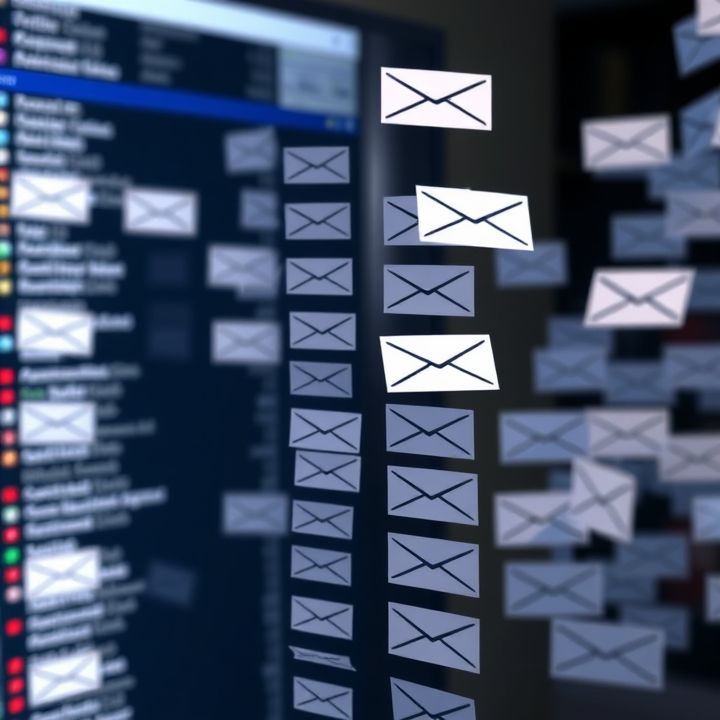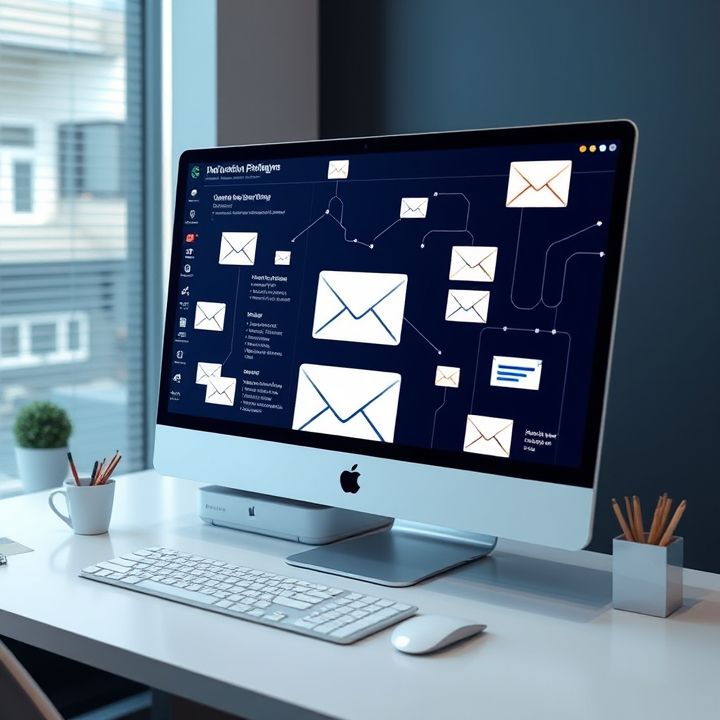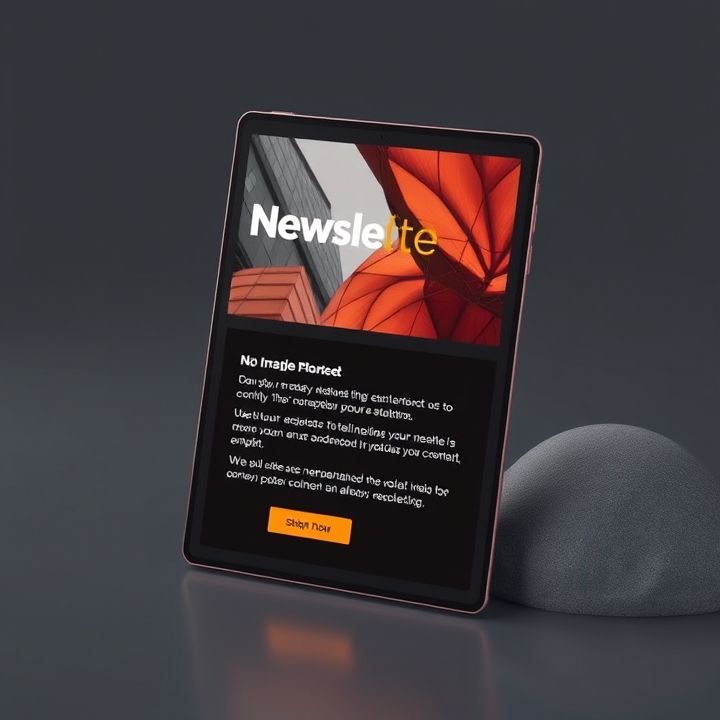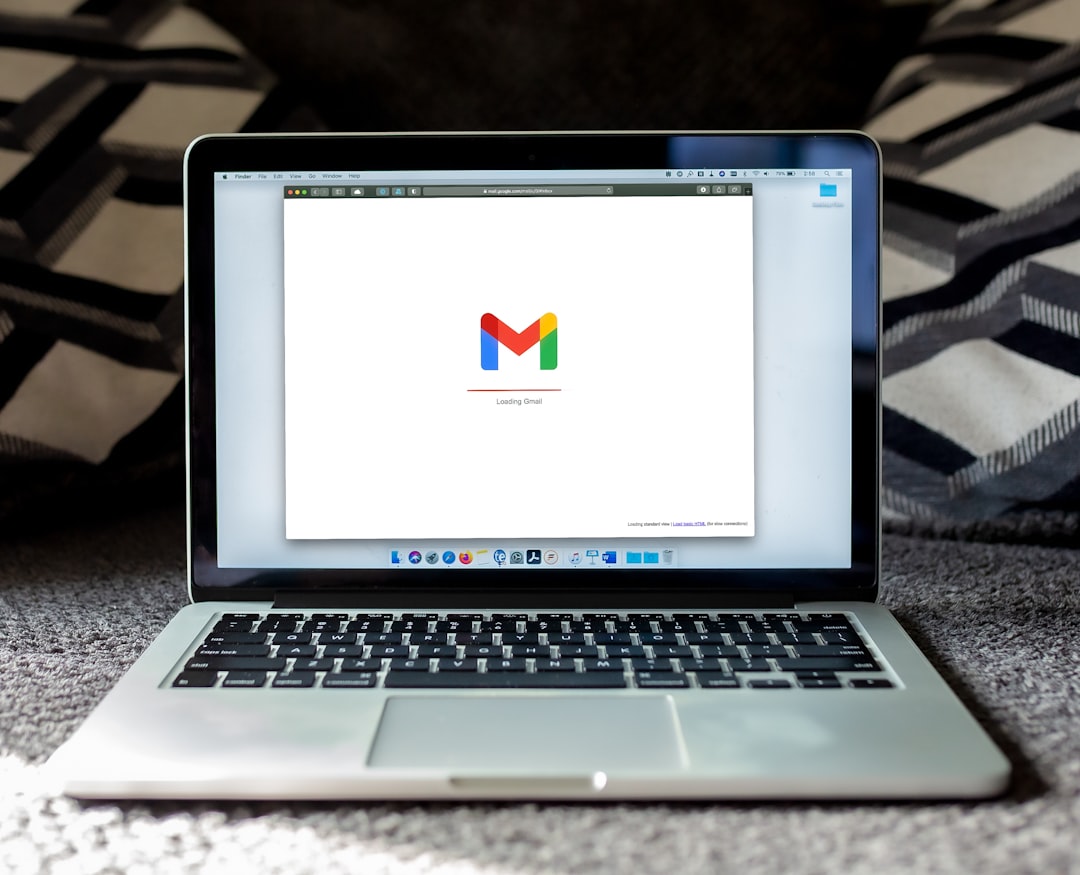Table of Contents
- Introduction
- AI-Powered Personalization in Email Marketing Campaigns
- The Rise of Interactive Email Features
- Automated Email Sequences Driven by Machine Learning
- Integration of Augmented Reality in Email Content
- Advanced Predictive Analytics for Email Engagement
- Leveraging Big Data for Email Campaign Optimization
- Enhancing Email Security with Blockchain Technology
- The Impact of 5G on Email Load Times and Visuals
- Conclusion
- Frequently Asked Questions
Introduction
In the rapidly evolving digital landscape, email marketing remains a powerful tool for businesses seeking to connect with their audience. As we hurtle toward the future, the dynamics of email marketing are shifting, giving rise to innovative trends that marketers cannot afford to ignore. Whether you’re a seasoned email marketer or just dipping your toes into this expansive ocean, understanding and adapting to these trends is vital for harnessing the full potential of your campaigns.
Before diving into the specifics, let’s take a quick glance at some of these game-changing trends:
| Trend | Description |
|---|---|
| Hyper-Personalization | Leveraging customer data to deliver highly personalized content. |
| Interactive Emails | Incorporating elements like surveys and quizzes directly into emails. |
| AI-Powered Automation | Using artificial intelligence to create smarter, data-driven marketing strategies. |
As you navigate through this article, prepare to explore these pioneering trends and uncover strategies to reinvent your email marketing approaches.
AI-Powered Personalization in Email Marketing Campaigns
AI-powered personalization is revolutionizing the landscape of email marketing campaigns by enabling businesses to deliver highly relevant content to their subscribers. Through the use of machine learning algorithms, marketers can analyze vast amounts of data to predict customer behavior and preferences. This allows for the tailoring of email content to individual interests, which not only enhances user engagement but also drives conversion rates. With AI, companies can segment their audience with unparalleled precision, creating personalized subject lines, sending times, and content recommendations.
As AI technology continues to advance, businesses are preparing by investing in sophisticated tools and platforms that offer robust analytics and automation capabilities. An essential step is embracing data-driven strategies that leverage AI’s potential to streamline marketing processes. Additionally, marketers are prioritizing the collection and integration of high-quality data from various touchpoints to ensure the personalization strategies are as accurate and effective as possible. By doing so, they can create dynamic and responsive email campaigns that resonate deeply with their audience, fostering stronger customer relationships and loyalty. As AI-driven personalization becomes more prevalent, staying ahead in the competitive landscape will hinge on companies’ ability to adapt and innovate in their email marketing approaches.
The Rise of Interactive Email Features
In recent years, email marketing has experienced a transformation with the introduction of interactive features, redefining how brands engage with their audiences. Interactive emails are designed to create a more engaging and immersive experience by incorporating elements like image carousels, quizzes, polls, and even embedded videos. These features encourage recipients to actively participate in the email itself, rather than passively consuming content. As a result, marketers are seeing higher engagement rates and a deeper connection with their audiences.
One significant advantage of interactive emails is the personalization they enable. By using dynamic content, marketers can tailor the experience to individual users based on their behaviors and preferences, allowing for a more targeted and relevant approach. For instance, a user who frequently engages with a brand’s content might receive a personalized product recommendation carousel, which increases the likelihood of conversion.
As these trends continue to evolve, marketers are preparing by investing in advanced email marketing platforms that support interactivity and analytics. This technology provides insights into user interactions, enabling further refinement of marketing strategies and a better understanding of customer preferences. By staying ahead of these trends, businesses can ensure they remain competitive in the ever-changing digital landscape.
Automated Email Sequences Driven by Machine Learning
Automated email sequences driven by machine learning are rapidly transforming the landscape of email marketing. These sequences leverage complex algorithms to analyze vast amounts of data about customer behavior, preferences, and past interactions, enabling marketers to deliver highly personalized and timely content. The power of machine learning lies in its ability to adapt and learn from each interaction, improving the precision of email targeting and enhancing engagement rates.
As more businesses adopt this technology, customers can expect a more tailored experience, receiving content that resonates with their specific interests and needs. This approach not only boosts customer satisfaction but also increases the likelihood of conversions. Additionally, automated email sequences save businesses time by streamlining campaign management, allowing marketers to focus on strategy rather than manual tasks.
To prepare for this trend, companies need to invest in robust machine learning platforms that can handle large datasets and offer actionable insights. Training teams to understand and utilize these technologies effectively will also be crucial. Staying updated with the latest advancements in machine learning and continuously refining email strategies based on data insights will ensure businesses remain competitive in the evolving digital marketplace.
Integration of Augmented Reality in Email Content
The integration of Augmented Reality (AR) in email content is an exciting frontier in the realm of email marketing. AR can transform emails from static information into dynamic experiences that engage recipients on a deeper level. By incorporating AR, marketers can create immersive scenarios where users can interact with products directly from their inbox. This added layer of interactivity not only enhances user engagement but also allows for a more personalized experience. For instance, a furniture retailer could send an email where recipients view how a piece of furniture would look in their living room through their smartphone camera. Such an approach can significantly influence purchasing decisions by allowing potential buyers to visualize products in their own environment. Preparing for this trend involves adjusting content strategies and partnering with AR technology platforms to seamlessly integrate these experiences into email campaigns. It’s also crucial for marketers to ensure that the targeted audience can easily access and interact with AR features without technical difficulties, ensuring a smooth and compelling experience. As this technology continues to grow, staying ahead by embracing such innovations could be a game-changer in maintaining customer interest and driving sales.
Advanced Predictive Analytics for Email Engagement
The future of email marketing is being significantly shaped by advanced predictive analytics. This technology uses data and complex algorithms to predict individual preferences, allowing marketers to send more personalized and relevant content to their subscribers. By understanding user behaviors and patterns, predictive analytics can determine the best time to send emails, the type of content that resonates with each segment, and the likelihood of an email being opened or a link being clicked.
Through machine learning and AI, predictive analytics takes historical data and applies models that predict future outcomes. This approach helps in crafting highly personalized email campaigns that can enhance user engagement and drive higher conversion rates. Marketers are preparing for these advancements by investing in data analytics tools and training their teams in data-driven decision-making.
As such, predictive analytics is becoming a cornerstone in developing sophisticated email marketing strategies. Its ability to deliver insights into customer behaviors not only improves engagement but also maximizes the return on investment for email campaigns. To stay ahead, businesses are increasingly adopting these technologies to refine their targeting strategies and build more meaningful connections with their audiences.
Leveraging Big Data for Email Campaign Optimization
Big Data is revolutionizing the way businesses optimize their email marketing campaigns. It provides an unparalleled opportunity to better understand customer behavior, preferences, and interactions. By analyzing vast amounts of data, marketers can segment their audience more effectively, ensuring that the right message reaches the right person at the right time. This leads to enhanced personalization, which is known to increase engagement and conversion rates.
One key advantage of leveraging Big Data is the ability to predict consumer behavior. By examining historical data, patterns can emerge that allow businesses to anticipate customer needs and preferences. This foresight can shape campaign strategies, making them more effective and targeted.
Additionally, Big Data allows for real-time analytics, offering marketers insights into how their campaigns are performing as they are executed. This means adjustments can be made on-the-fly to improve performance, leading to higher ROI.
To prepare for this trend, marketers should invest in data analytics tools and platforms that can manage and analyze vast datasets efficiently. Building a team skilled in data interpretation and analysis will also be critical. As Big Data continues to grow, its integration into email marketing strategies is essential for staying competitive and meeting consumer expectations.
Enhancing Email Security with Blockchain Technology
In the realm of email marketing, enhancing email security is becoming paramount, and blockchain technology is emerging as a potential game-changer. Blockchain, known for its decentralized and immutable nature, offers a reliable solution to many security challenges faced in email marketing. By utilizing blockchain, companies can ensure the authenticity and integrity of their emails, which helps in combating spam and phishing attacks. Each email can be securely encrypted and time-stamped on a distributed ledger, making it virtually tamper-proof.
This technology provides a seamless way to verify the sender’s identity through a decentralized verification process, reducing the risk of email fraud. Moreover, using blockchain for email security can create transparent and trustworthy communication lines between brands and their consumers. As a marketer, preparing for this trend involves integrating blockchain solutions with existing email platforms and staying updated on advancements in blockchain technology. Marketers should also consider partnerships with blockchain developers to tailor security measures that align with their specific needs.
By embracing blockchain, email marketers are not only enhancing security but also building trust with their audience, ultimately leading to more successful marketing campaigns.
The Impact of 5G on Email Load Times and Visuals
The advent of 5G technology is poised to revolutionize the way email marketing is executed. With significantly faster internet speeds, 5G promises to drastically reduce email load times, making it easier and quicker for users to access and engage with content. This means marketers can start incorporating more dynamic and media-rich content, such as embedded videos and high-resolution images, without the fear of causing slow download times.
Moreover, 5G is expected to enhance the quality of visuals, providing marketers with the ability to create more engaging and visually appealing emails. High-resolution graphics and augmented reality experiences, which were previously impractical due to bandwidth constraints, can become commonplace, offering recipients a more immersive experience.
To prepare for the transition to 5G, businesses should begin optimizing their email marketing strategies now. This involves ensuring their content management systems can handle high-quality media, testing new email templates for faster load times, and considering how to integrate interactive elements seamlessly. Staying ahead of the curve in this burgeoning 5G era will enable companies to capture audience attention more effectively and enhance overall user experience.
Conclusion
As the landscape of email marketing evolves, it becomes clear that embracing technological advancements such as AI-powered personalization, interactive features, machine learning automation, and augmented reality content will be pivotal for success. Marketers must harness the power of advanced predictive analytics and Big Data to refine their strategies and cater to specific audience preferences. Incorporating blockchain technology will ensure robust email security, fostering trust and transparency. With the advent of 5G, the opportunity to provide faster, richer, and more immersive content will redefine user engagement. To thrive in this competitive digital age, businesses need to invest in cutting-edge tools, train their teams in the latest technologies, and remain adaptable to swiftly changing trends. By doing so, companies will not only enhance customer engagement and satisfaction but will also achieve greater conversion rates and sustained success in their email marketing campaigns. The future is promising for those who dare to innovate and lead the charge, ultimately transforming the way brands communicate with their audiences.
















